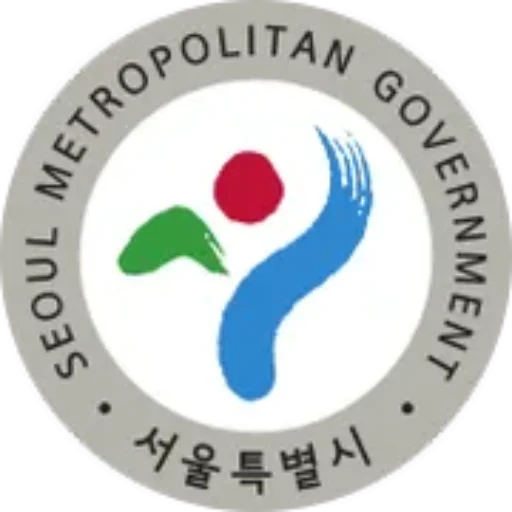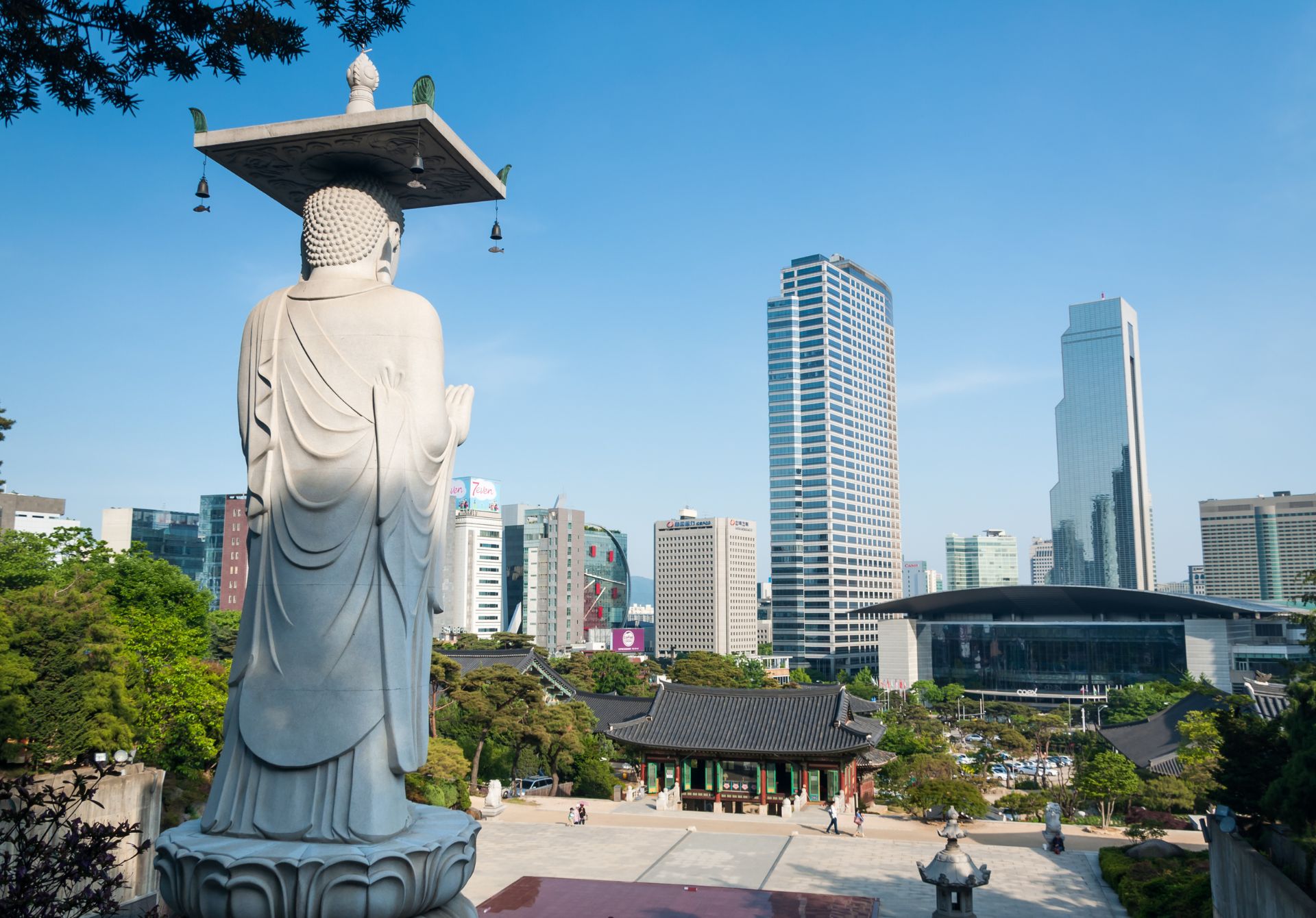Established in 794 during the Silla Dynasty, Bongeunsa Temple stands as one of Seoul’s most significant Buddhist temples. Originally named Gyeonseongsa, the temple was relocated to its current location in 1548 and renamed Bongeunsa by Queen Munjeong during the Joseon Dynasty. Despite its ancient roots, the temple has survived numerous historical challenges, including the Korean War, emerging as a testament to Korean Buddhist resilience and cultural preservation.
Architectural Significance
The temple complex spans over 2.7 hectares and features several notable structures that exemplify traditional Korean Buddhist architecture. The most prominent landmark is the 23-meter high statue of Maitreya Buddha, completed in 1986, which towers over the temple grounds and serves as a striking contrast to the modern COEX complex across the street.
The temple houses several important cultural treasures, including:
- The Panjeon, which stores the 81 volumes of the Tripitaka Koreana woodblocks
- The three-story stone pagoda dating back to the Goryeo Dynasty
- The Daeungjeon (Main Buddha Hall), reconstructed in 1941
Cultural Practices and Programs
Bongeunsa distinguishes itself through its active engagement with both local and international visitors. The temple operates the Temple Stay program, allowing participants to experience traditional Korean Buddhist culture firsthand. Visitors can participate in various activities including:
- Morning chanting (Yebul) ceremonies
- Zen meditation sessions
- Tea ceremonies
- Traditional Buddhist crafts
Modern Significance
Located in the heart of Gangnam, Seoul’s bustling business district, Bongeunsa represents a unique juxtaposition of traditional spirituality and modern urban development. The temple attracts over 1 million visitors annually, serving as both a religious center and a cultural bridge. It plays a crucial role in introducing Korean Buddhist culture to international visitors, with programs offered in multiple languages.
Conservation Efforts
The temple undergoes regular restoration and preservation work to maintain its historical integrity. Recent conservation efforts have focused on:
- Structural reinforcement of ancient buildings
- Preservation of traditional Buddhist paintings and artifacts
- Development of sustainable tourism practices
- Digital documentation of historical records and artworks
Community Impact
Beyond its religious significance, Bongeunsa serves as a vital community center, offering various social services and educational programs. The temple regularly hosts cultural events, including the annual Lotus Lantern Festival, which draws thousands of participants. Its social welfare programs provide support to underprivileged communities, embodying Buddhist principles of compassion and service.
Accessibility and Visitor Information
The temple is easily accessible via public transportation, located near Samseong Station on Seoul Metro Line 2. Open year-round, it welcomes visitors from 3:00 AM to 10:00 PM daily. While admission is free, donations are welcomed to support the temple’s maintenance and community programs.
Bongeunsa Temple stands as a remarkable symbol of Korea’s Buddhist heritage and its ability to maintain cultural traditions amid rapid modernization. Its successful integration of traditional practices with contemporary needs demonstrates the enduring relevance of Buddhist teachings in modern society. As Seoul continues to evolve, Bongeunsa remains a vital spiritual and cultural landmark, offering visitors and locals alike a peaceful retreat for reflection and cultural exploration.

